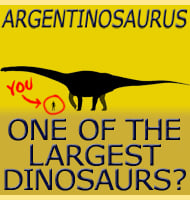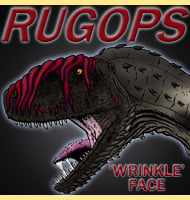Argentinosaurus
Argentinosaurus: Fossil Maps and Geological Chart Discover Argentinosaurus with our interactive fossil map and geographical timeline chart. The fossil map pinpoints discovery sites worldwide, click each marker to see fossil ages and detailed references.. The interactive bar chart reveals how many Argentinosaurus fossils were found across different geological ages, helping you visualize its prehistoric history … Read more

